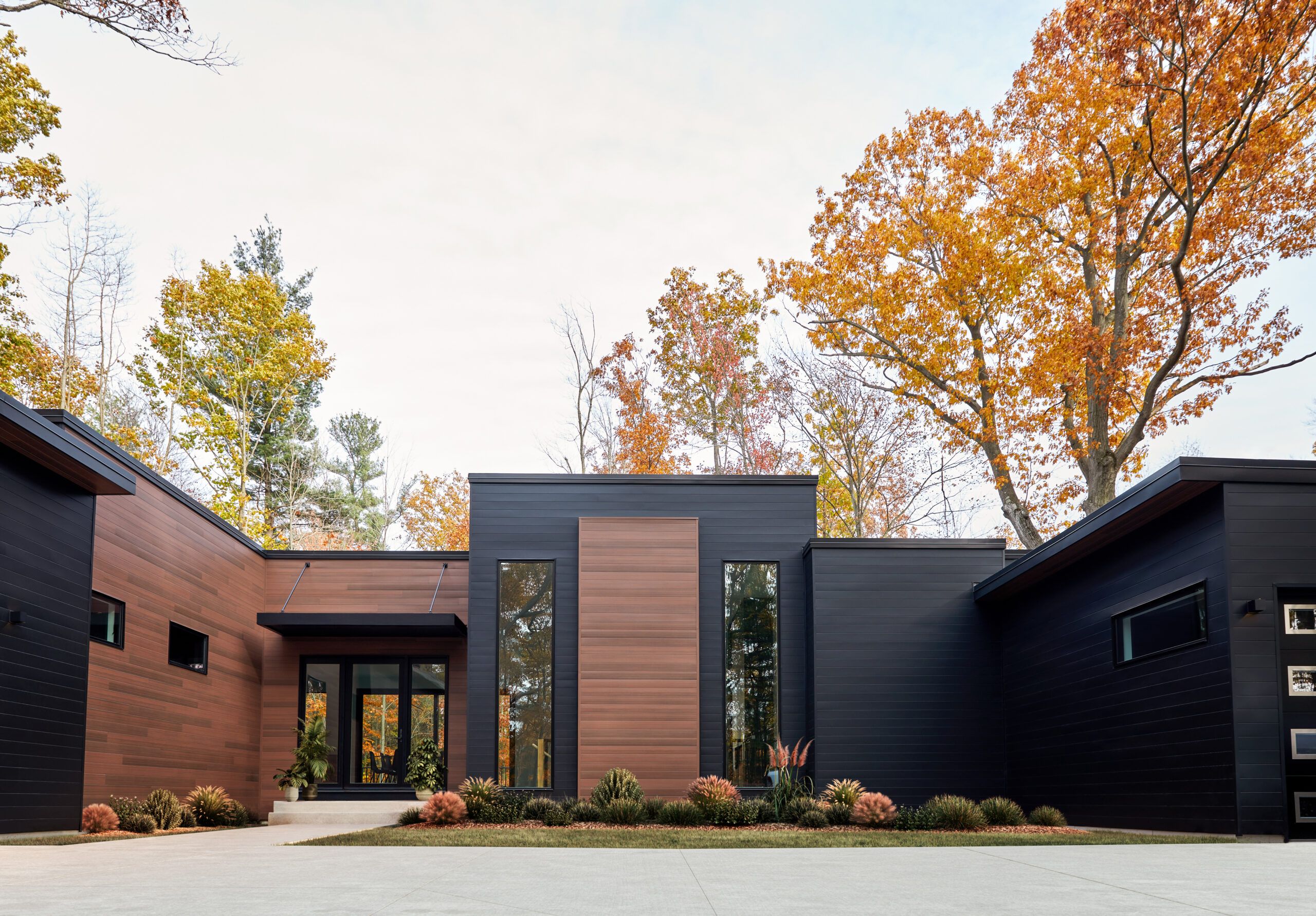With its impressive longevity, versatile design options, and eco-friendly attributes, steel siding is becoming an increasingly popular choice for homeowners looking to enhance their property’s curb appeal and protection.
This article explores the many advantages of steel siding, from its robust construction to its minimal maintenance requirements, helping you determine if it’s the right choice for your home.
What Is Steel Siding?
Steel siding is a type of exterior cladding made from carbon-reinforced steel alloy. This material offers exceptional durability, and unlike other siding materials, steel siding doesn’t crack, melt, splinter, rot, or wick water, making it an ideal choice for homes in diverse climates.
Its core strength provides unmatched impact resistance, protecting your home against severe weather conditions and potential damage.
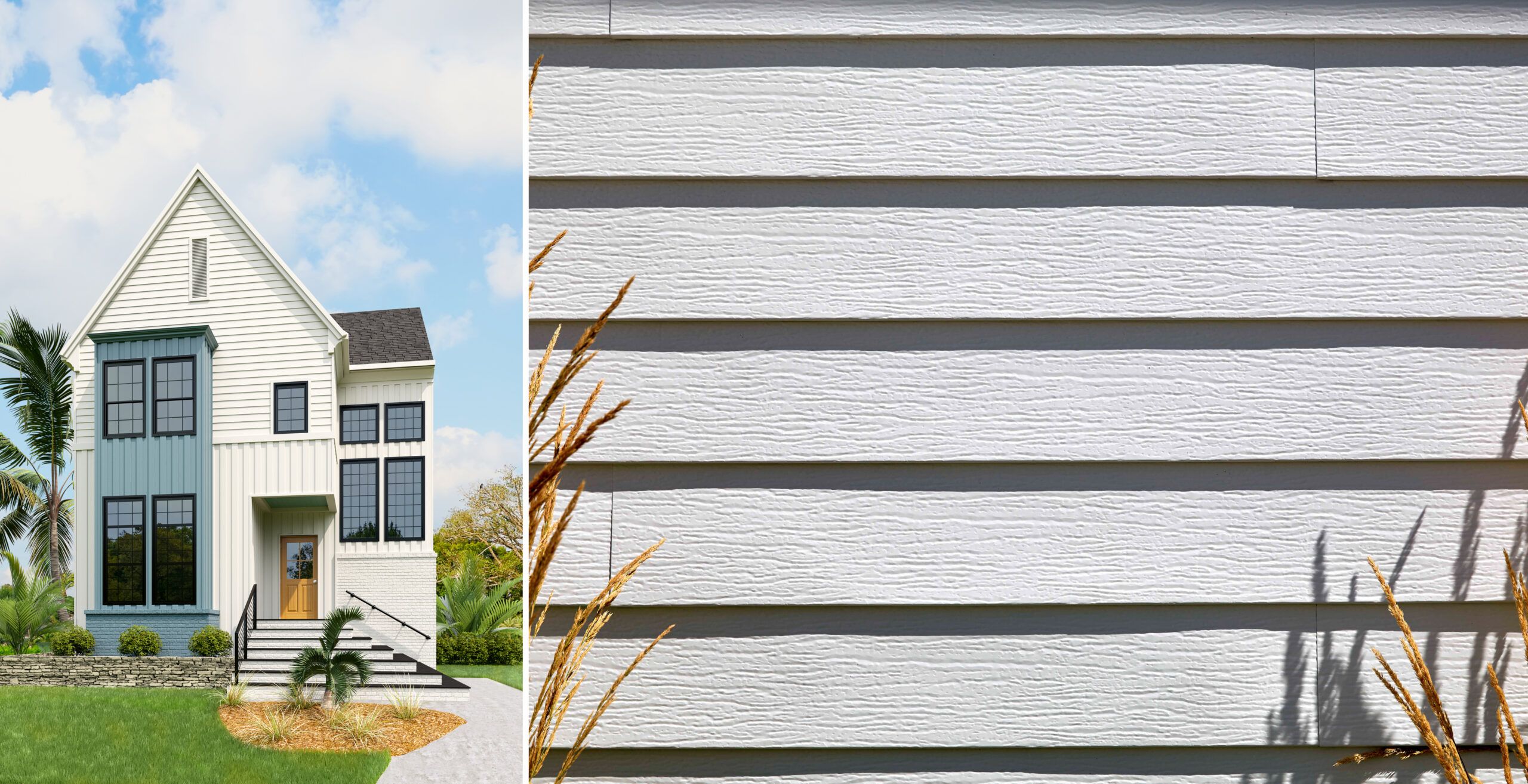
Types of Steel Siding
Steel siding comes in various styles to suit different preferences and home designs. Each type of steel siding offers unique characteristics and benefits, making it easier for homeowners to find an option that meets their specific needs.
Lap Siding
Lap siding is a classic horizontal style that overlaps from top to bottom, creating a traditional look that suits many home styles. Steel lap siding offers the timeless appearance of wood without the associated maintenance concerns. This style is particularly popular for its ability to blend seamlessly with different architectural designs, from colonial to modern homes.
Board and Batten
This vertical siding style features wide boards alternating with narrow strips (battens), creating a distinctive, rustic look. Steel board-and-batten siding provides a modern twist on this traditional design, offering enhanced durability and weather resistance. The vertical lines can improve a home’s visual height, making it appear taller and more stately. Additionally, the board-and-batten style is well-suited for country-style homes and barns.
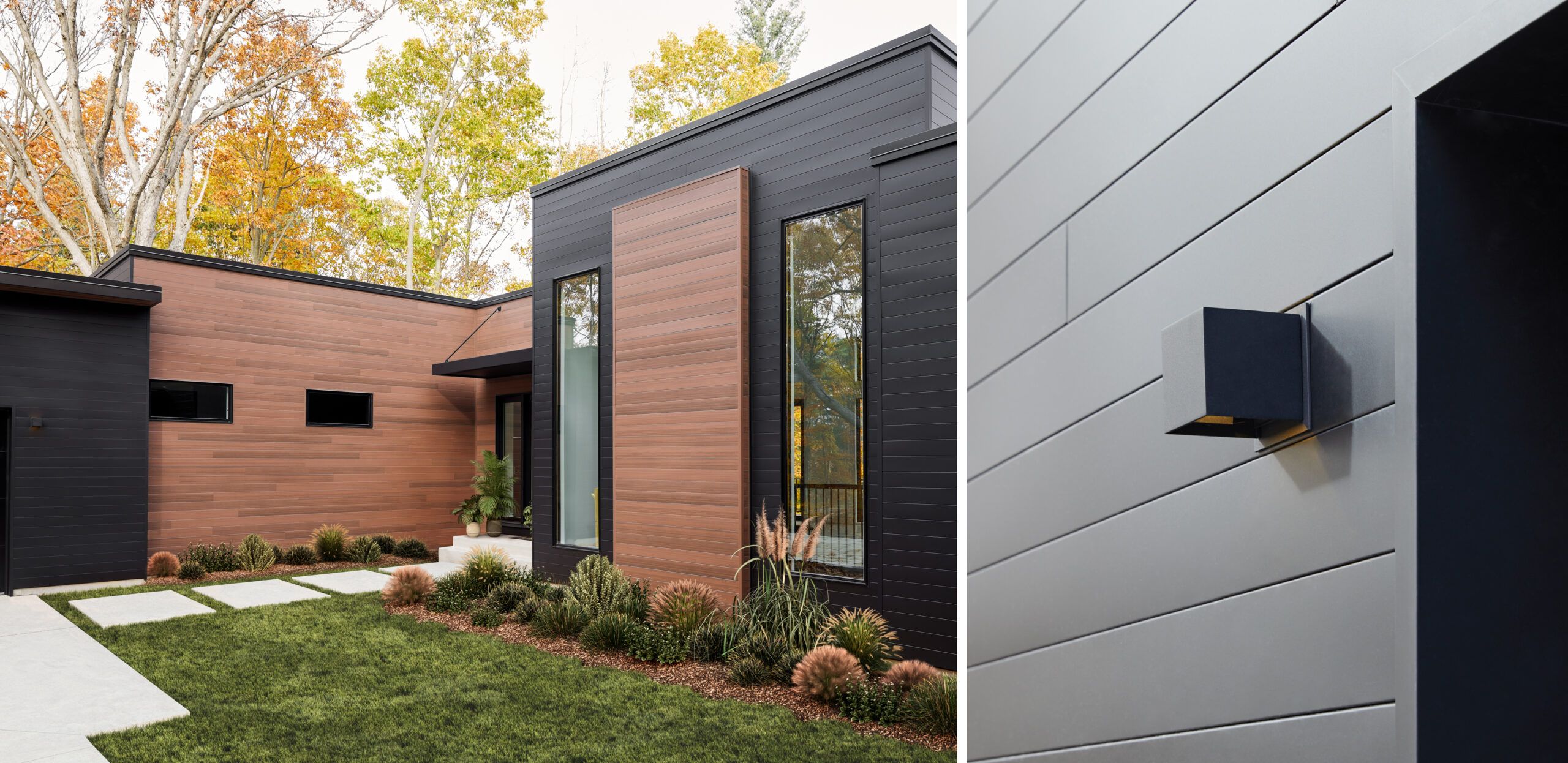
Durability and Longevity of Steel Siding
One of the most significant advantages of steel siding is its exceptional durability and longevity, which far surpasses many other siding materials.
Weather Resistance
Structurally, steel siding can withstand extreme weather conditions, including heavy rain, snow, hail, and high winds. Its robust construction and protective coatings help prevent water infiltration and resist damage from UV rays. This weather-resistant property is particularly beneficial for homes in regions with harsh climates or those that experience frequent storms.
Impact Resistance
Steel’s strength makes it highly resistant to impacts from flying debris, hail, or accidental bumps. This quality is particularly advantageous in areas prone to severe storms or for homes in high-traffic areas where damage is more likely to occur. Homeowners can have peace of mind knowing that their steel siding will remain intact and continue to protect their homes even in the face of heavy impacts.
Pest Resistance
Unlike wood siding, steel is impervious to insects and other pests. This resistance reduces concerns about termite infestations or woodpecker damage, which can be costly problems for homes with traditional wood siding. For homeowners who prefer a low-maintenance exterior, steel siding presents an excellent solution by minimizing the need for pest control measures.
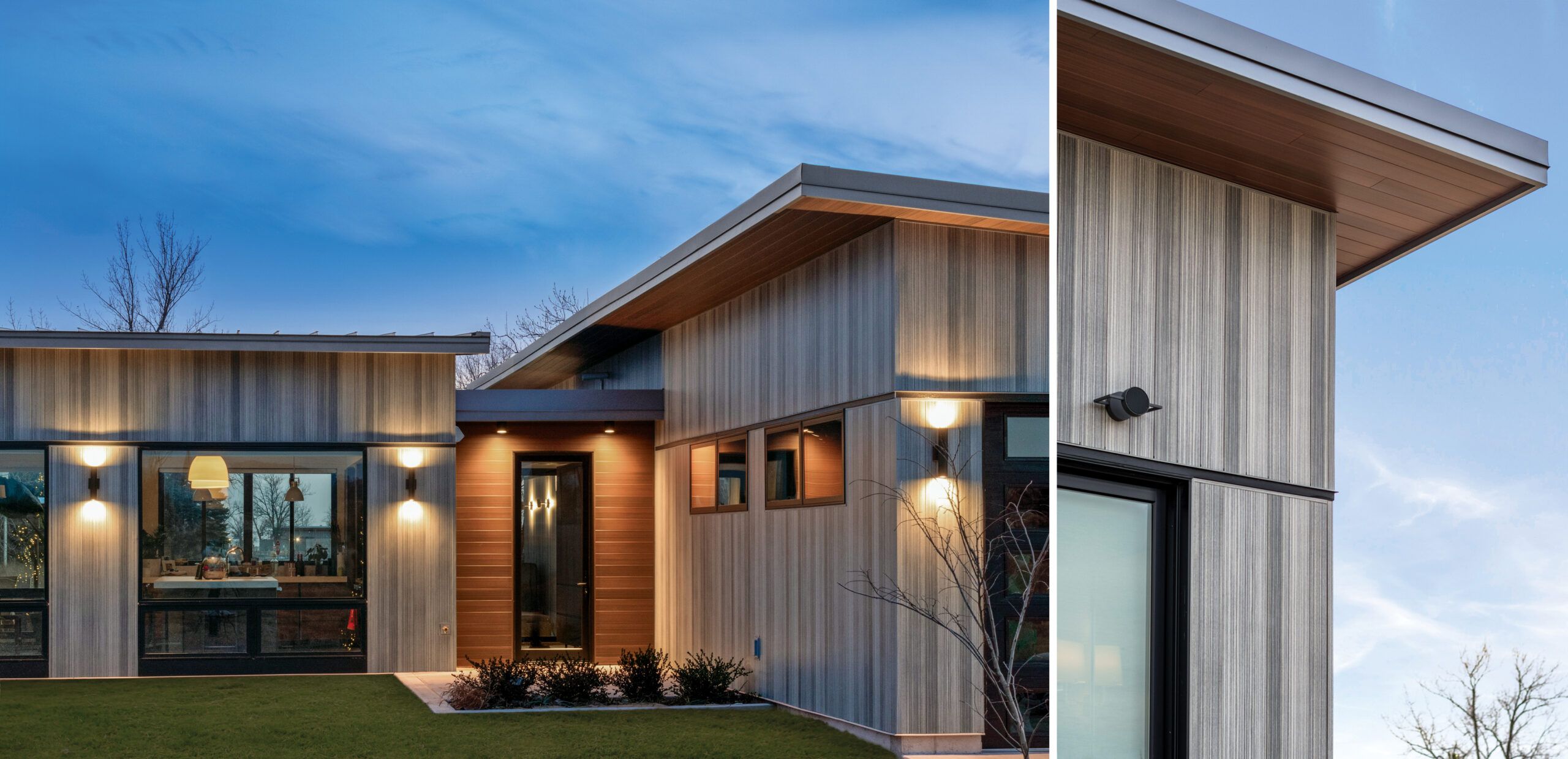
Aesthetic Versatility of Steel Siding
Modern steel siding offers a wide range of design options to complement any architectural style. Steel siding can come in standard sleek sheets, various colors, or even wood grain finishes to mimic traditional siding.
Available Profiles and Styles
Steel siding comes in various styles, including smooth or natural wood grain, lap siding, board and batten, shake, and shiplap in narrow and wide widths. The availability of different profiles and styles lets homeowners choose a design that best suits the look of their home’s exterior.
Color Options and Finishes
Steel siding provides ample opportunity for customization with a rich palette of color options. From high-definition woodgrains to rich solids, there’s a color to suit every taste and complement any home’s exterior design. Homeowners can choose from numerous finishes, including matte, glossy, and textured, to achieve the perfect look for their home.
Wood-Look Steel Siding
For those who love the appearance of wood but want the benefits of steel, wood-look steel siding offers the best of both worlds. Wood-styled steel siding offers a textured finish and natural wood tones created through intricate hand-drawn panels, providing a realistic wood appearance without maintenance concerns.
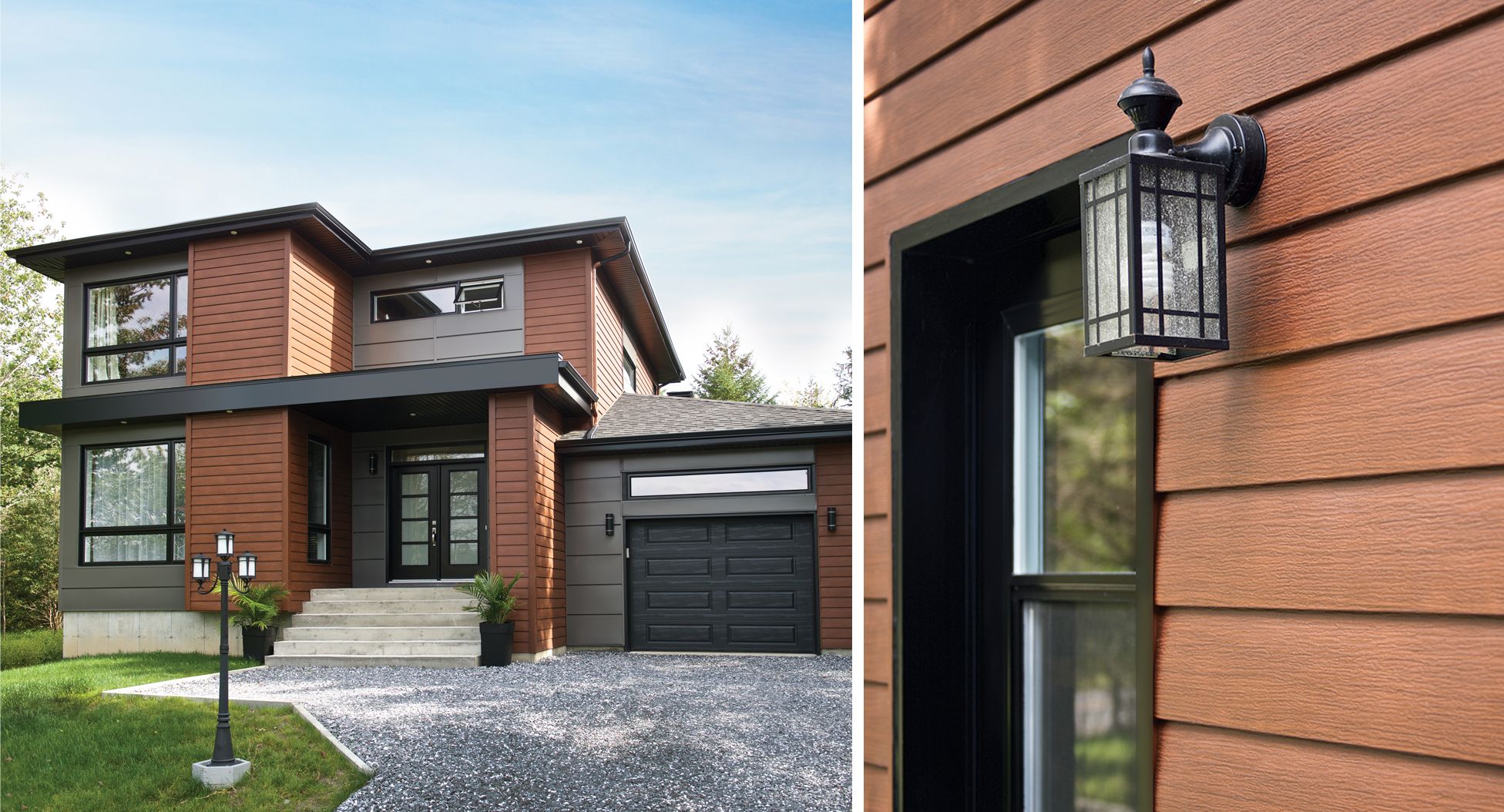
Environmental Benefits of Steel Siding
Steel siding is durable and environmentally friendly, making it an attractive option for homeowners who want to reduce their environmental impact.
Recyclability
According to the Metal Construction Association, one of the most significant environmental advantages of steel siding is its recyclability. At the end of its long lifespan, steel siding is fully recyclable, which helps to reduce waste and conserve resources. Its reusability helps minimize the environmental footprint of building materials, promoting sustainability and responsible resource management.
Reduced Carbon Footprint
Steel siding’s longevity means fewer replacements over time—sustainability factors that reduce the overall carbon footprint associated with manufacturing and installation. Choosing steel siding supports a greener lifestyle and contributes to a healthier environment.
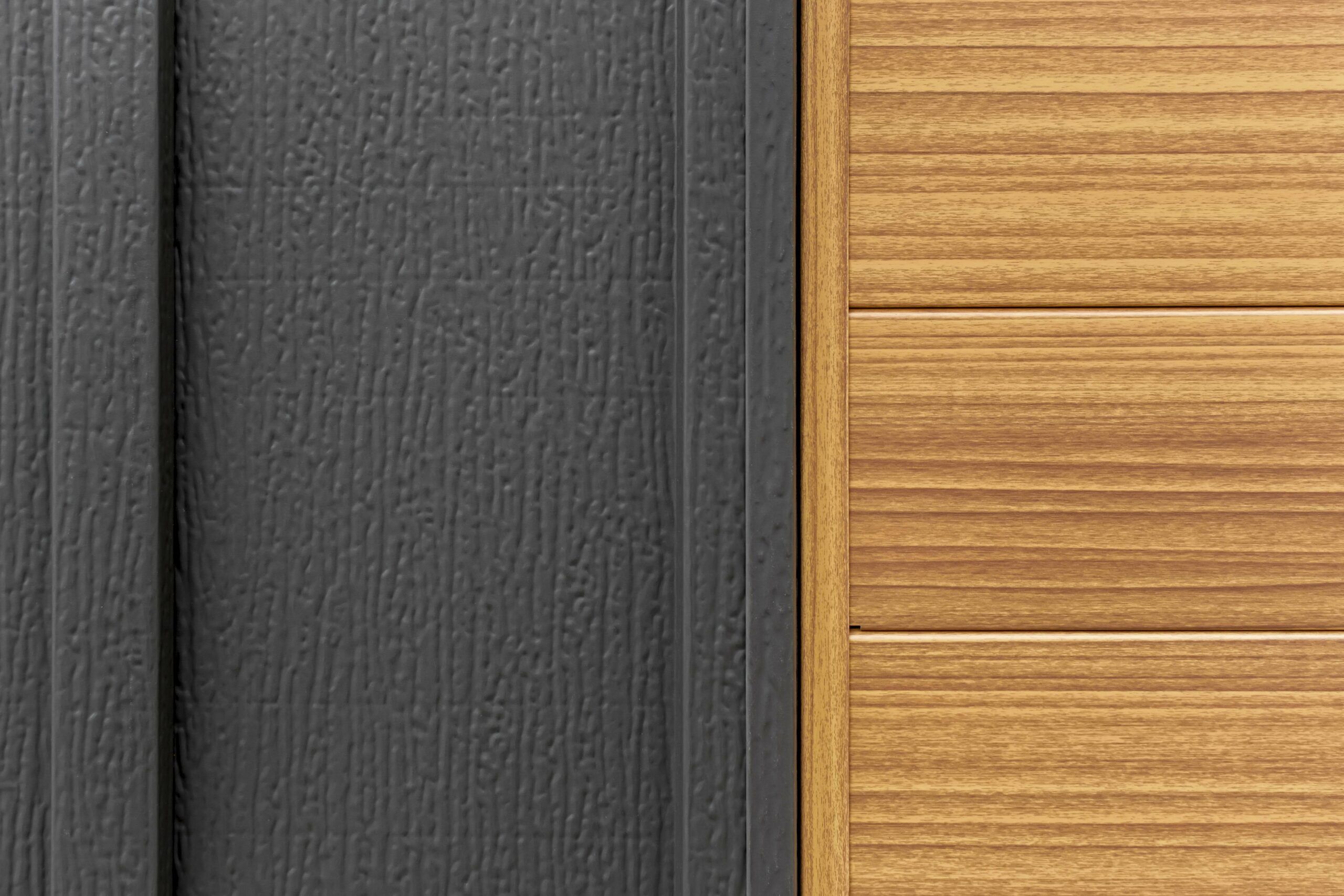
Cost Considerations for Steel Siding
While steel siding may have a higher upfront cost compared to some alternatives, its long-term value is significant.
Initial Investment
The initial cost of steel siding can range from $4–$16 per square foot, including installation. While this may be higher than some vinyl siding options, we recommend considering steel’s long-term benefits and durability. Given its longevity, home value improvement, recyclability, resistance to fire, and low maintenance costs, investing in steel siding can be a wise financial decision.
Cost information from this article is sourced from Angi.
Long-Term Savings
Due to its minimal maintenance requirements and longevity, steel siding can lead to significant savings over time. Homeowners can avoid costly repairs, repainting, and frequent replacements associated with less durable siding materials. The reduced need for maintenance and repair translates to lower ongoing expenses, making steel siding a cost-effective choice in the long run.
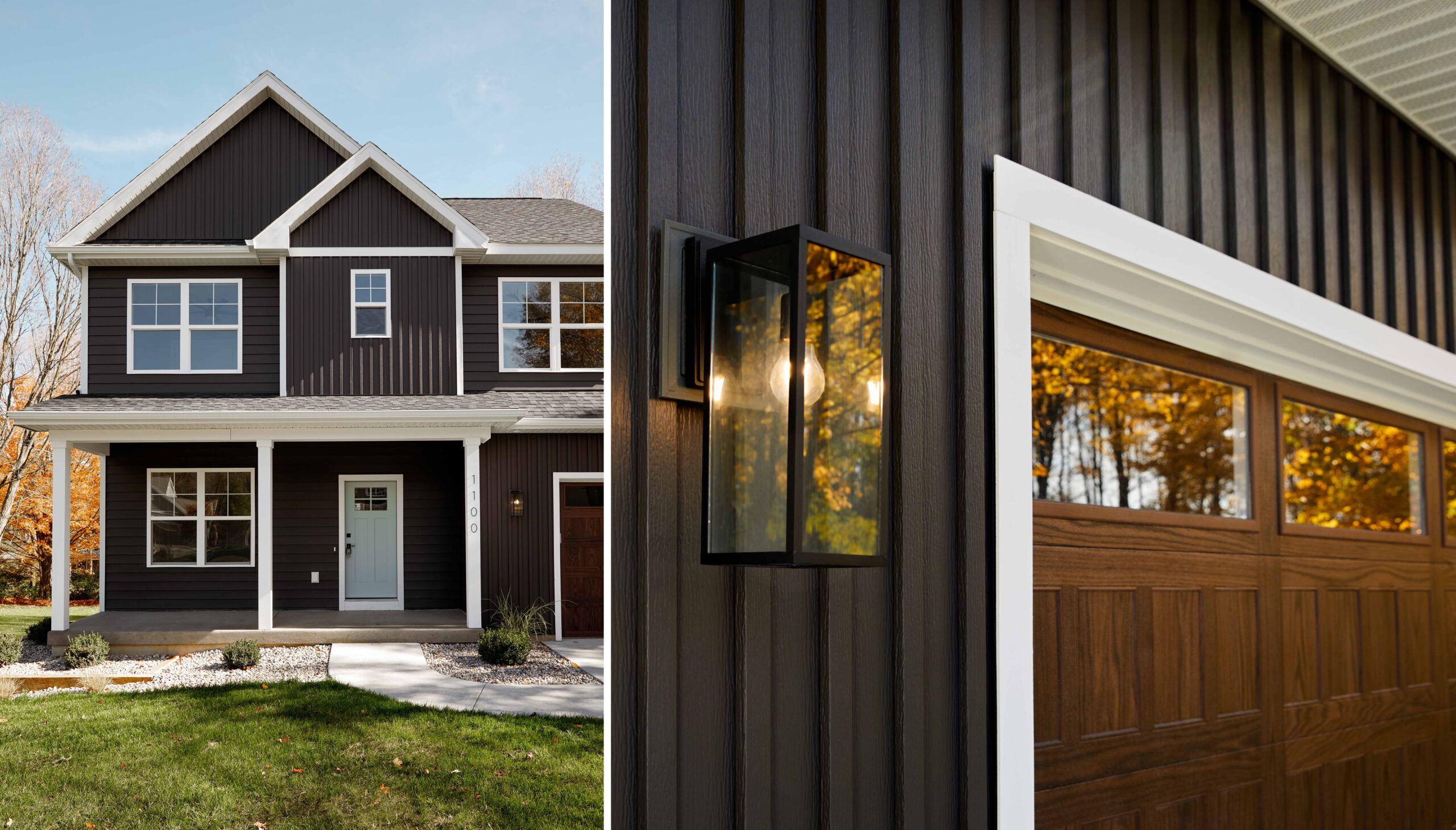
Maintenance and Care of Steel Siding
Steel siding is known for its low maintenance requirements, but proper care can further extend its lifespan and maintain its appearance.
Cleaning Techniques
Regular cleaning with mild soap and water is usually sufficient to keep steel siding looking its best.
Avoid using abrasive cleaners or high-pressure washing, which can damage the protective coating.
A gentle washing routine, combined with routine inspections for damage, can help maintain the integrity of steel siding for many years.
Repair Procedures
In the rare event that steel siding becomes damaged, repairs are typically straightforward. Small dents and dings are usually easy to pop out, and the individual panel design allows you to replace a damaged panel without impacting the entire siding system. Ultimately, the simple nature of steel siding repair ensures that homeowners can maintain their home’s exterior without significant disruptions or expenses.
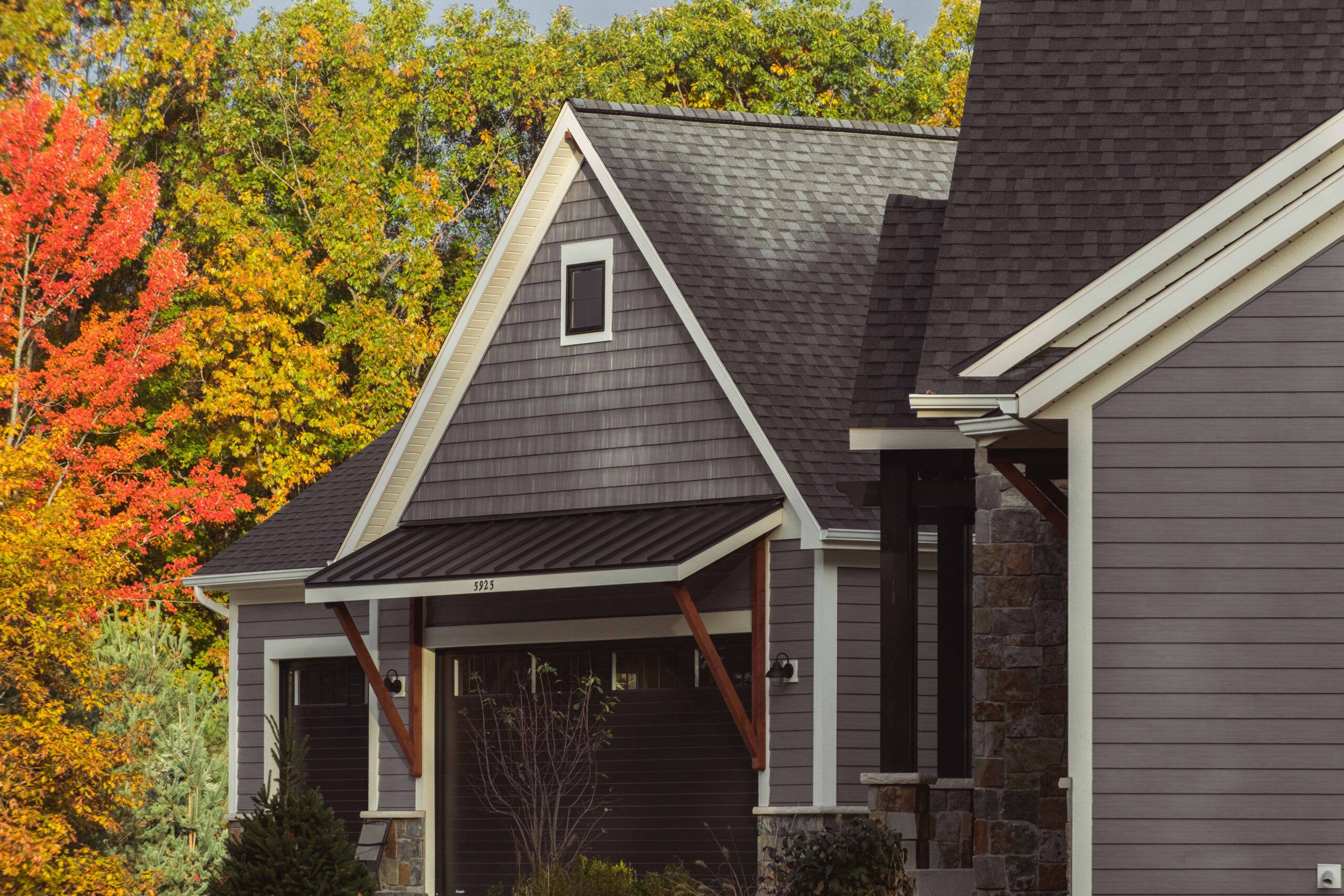
Impact on Home Value
Installing steel siding can positively impact your home’s value. Its durability, resistance to fire damage, low maintenance requirements, and curb appeal are attractive features for potential buyers. Additionally, the long-lasting nature of steel siding can be a significant selling point, offering future homeowners peace of mind regarding exterior maintenance.
Homes with steel siding often stand out in the real estate market, making them more appealing to a broad range of buyers.
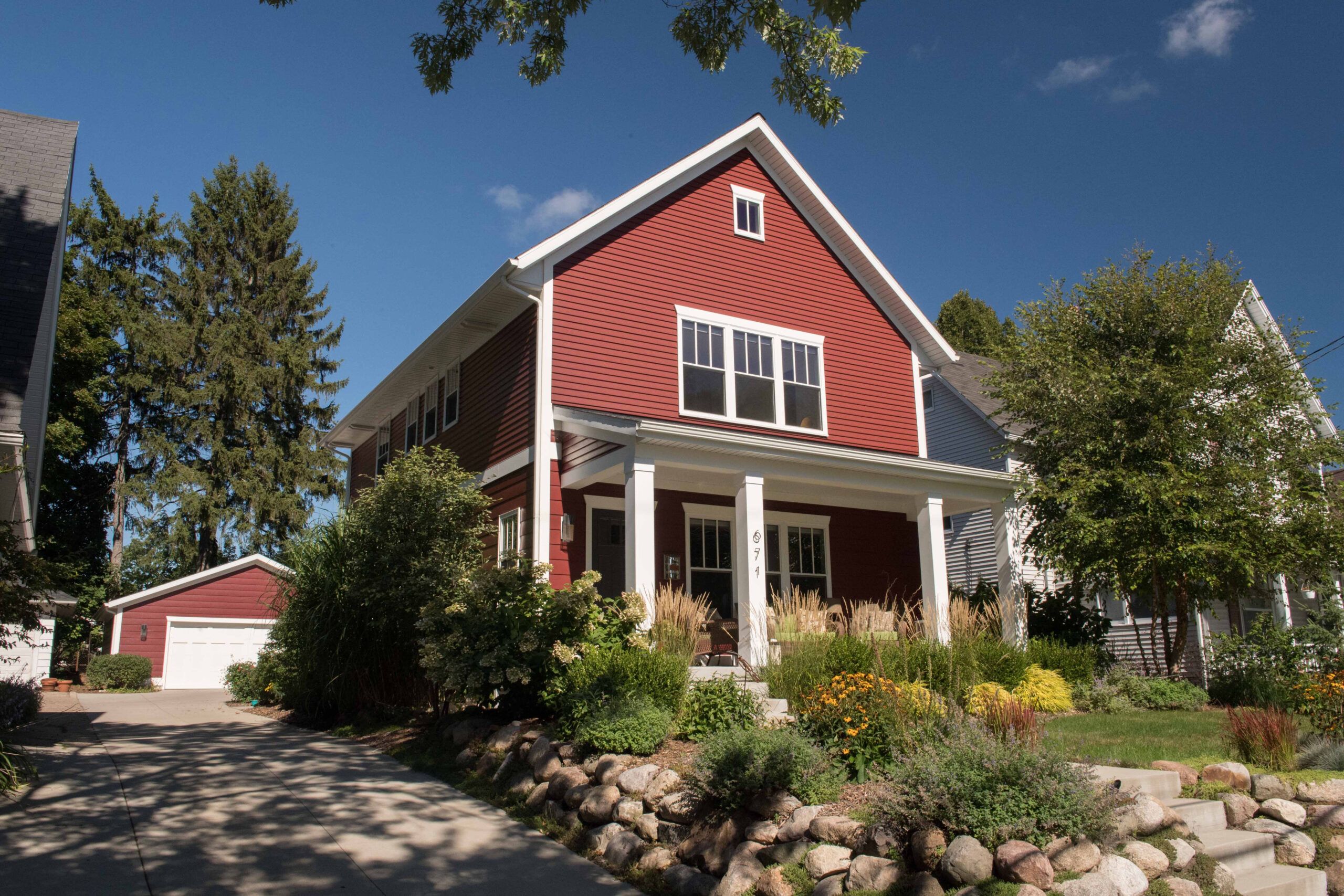
Insulation Properties of Steel Siding
Properly installed steel siding can contribute to overall insulation. Combined with quality insulation, steel siding can enhance a home’s energy efficiency and comfort.
However, if painted the wrong color and poorly insulated, it can prove less efficient than traditional siding.
Energy Efficiency
When combined with proper insulation, steel siding can help create an effective thermal barrier, potentially reducing energy costs for heating and cooling. The insulating layer can prevent heat loss during the winter and reduce heat gain during the summer, making the home more energy-efficient. This energy efficiency can lead to lower utility bills and a more comfortable living environment.
However, this layer of insulation is necessary since steel by itself is not a good insulator. Improper insulation can lead to more extreme temperature transference between the home’s exterior and its rooms. his can be particularly problematic for dark-colored homes in warmer months, where increased heat absorption can lead to higher cooling costs
Noise Reduction
Steel siding, especially coupled with insulation, can help reduce external noise, creating a quieter indoor environment. his feature can be particularly beneficial for homes in urban areas or near busy roads. The reduction in noise pollution enhances the comfort and tranquility of the home, making it a more pleasant place to live.
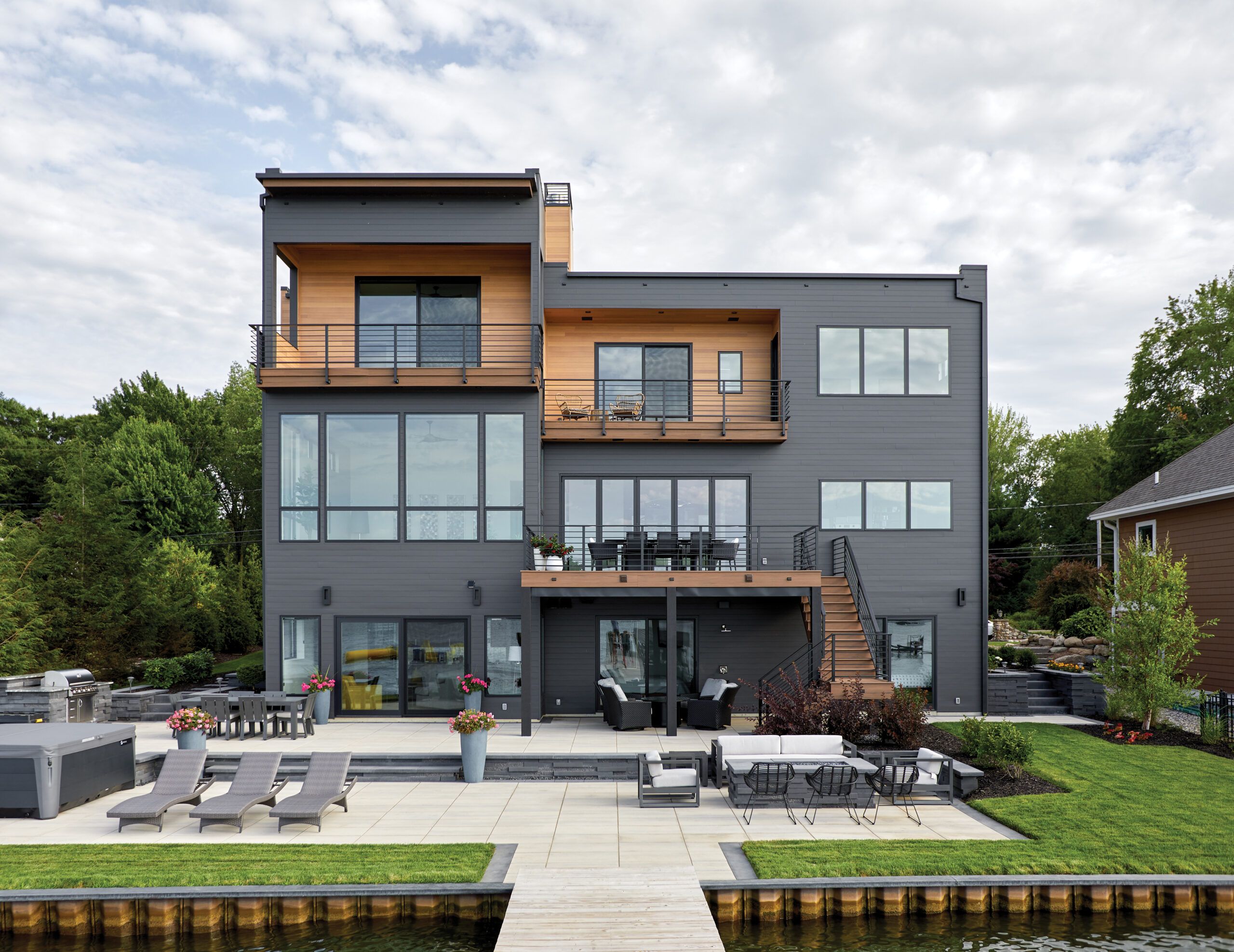
Comparing Steel Siding to Other Materials
When choosing siding for a house, we recommend comparing steel to other popular options.
Steel vs. Vinyl Siding
While vinyl siding is often less expensive initially, steel offers superior durability and longevity. teel is also more resistant to extreme temperatures and doesn’t warp or melt like vinyl can in high heat. The higher cost of steel siding is balanced by its longer lifespan and reduced need for replacements, which offers better value over time.
Steel vs. Fiber Cement Siding
Both steel and fiber cement are durable options, but steel typically requires less maintenance and is lighter, making installation easier. teel also doesn’t pose the health risks associated with fiber cement dust during installation. The ease of installation and lower health risks make steel siding a more practical choice for many homeowners and contractors.
Steel vs. Wood Siding
Steel siding can offer the look of wood without the susceptibility to rot, warping, or pest infestation. t also requires far less maintenance than wood siding, eliminating the need for regular painting or staining. Homeowners who prefer a wood-like appearance but seek a low-maintenance option often find steel siding the ideal solution.
Installation Process for Steel Siding
We do not recommend DIY installations for steel siding. While technically possible, it’s a difficult job that, when done improperly, can lead to water damage, pest infestations, and other costly problems.
DIY Installation
While skilled DIYers can install steel siding, it’s generally recommended that they hire professionals due to the specialized tools and expertise required for proper installation. DIY installation can be challenging, and any mistakes can compromise the siding’s performance and appearance.
Professional Installation
Professional installation ensures that your steel siding is correctly fitted, properly sealed, and installed with appropriate insulation to maximize its performance and longevity. Hiring experienced installers can provide peace of mind, knowing that the job is done right and your investment is protected.
Warranties and Guarantees for Steel Siding
Many steel siding manufacturers offer long-lasting warranties. Quality Edge, for example, provides a lifetime warranty on its TruCedar steel siding products. his warranty typically covers issues such as cracking, chipping, peeling, chalking, and fading, offering homeowners long-term financial protection.
When considering steel siding, review the specific warranty terms of different manufacturers to understand the extent of coverage and any maintenance requirements to keep the warranty valid.
Our Conclusion
Steel siding offers a compelling combination of durability, aesthetic versatility, and environmental benefits that make it an excellent choice for many homeowners. Its ability to withstand severe weather, resist pests, and maintain its appearance with minimal maintenance sets it apart from many traditional siding materials.
Although the initial investment may be higher than some alternatives, the long-term value, energy efficiency, and potential increase in home value make steel siding a smart choice for those looking to protect their homes for years to come.
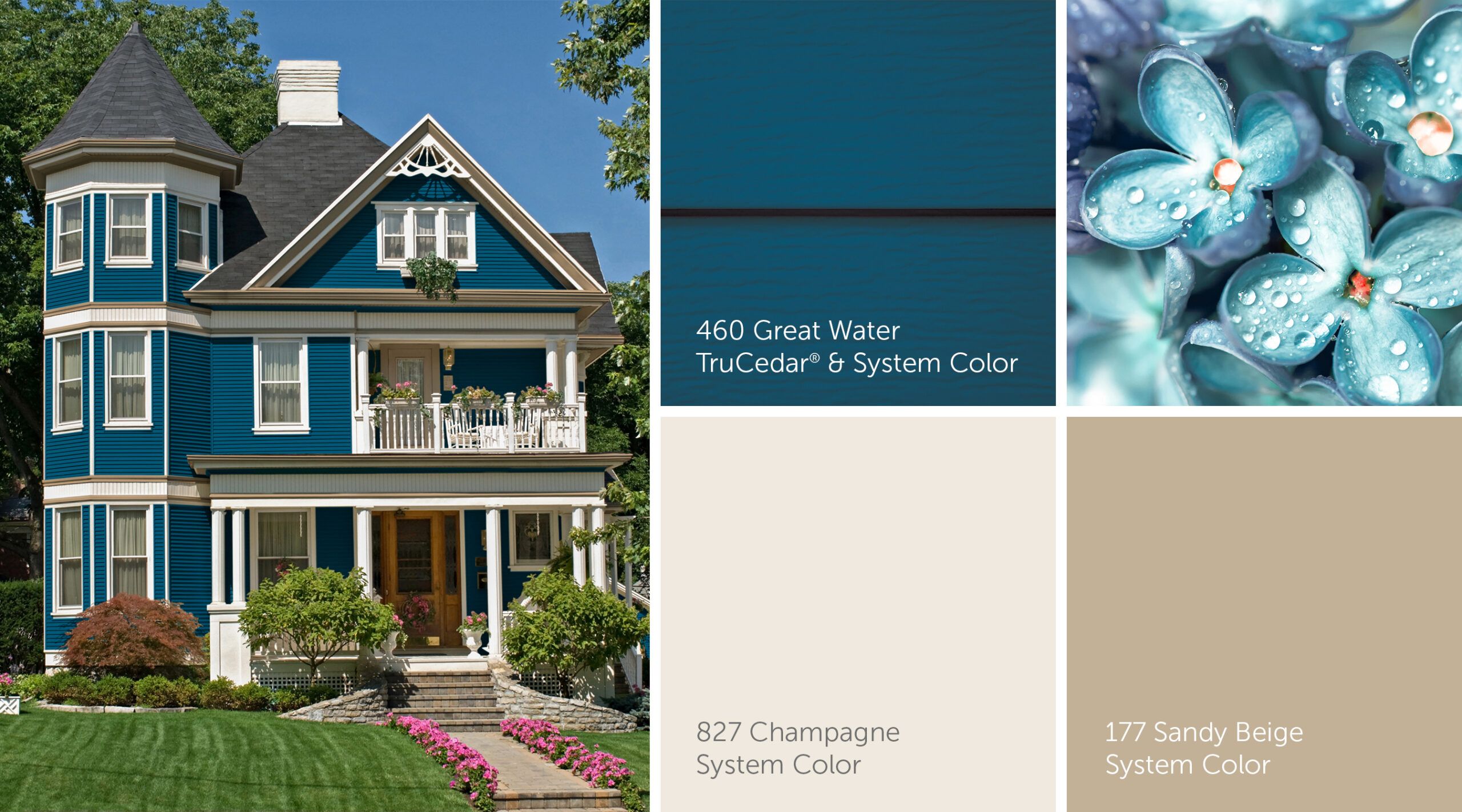
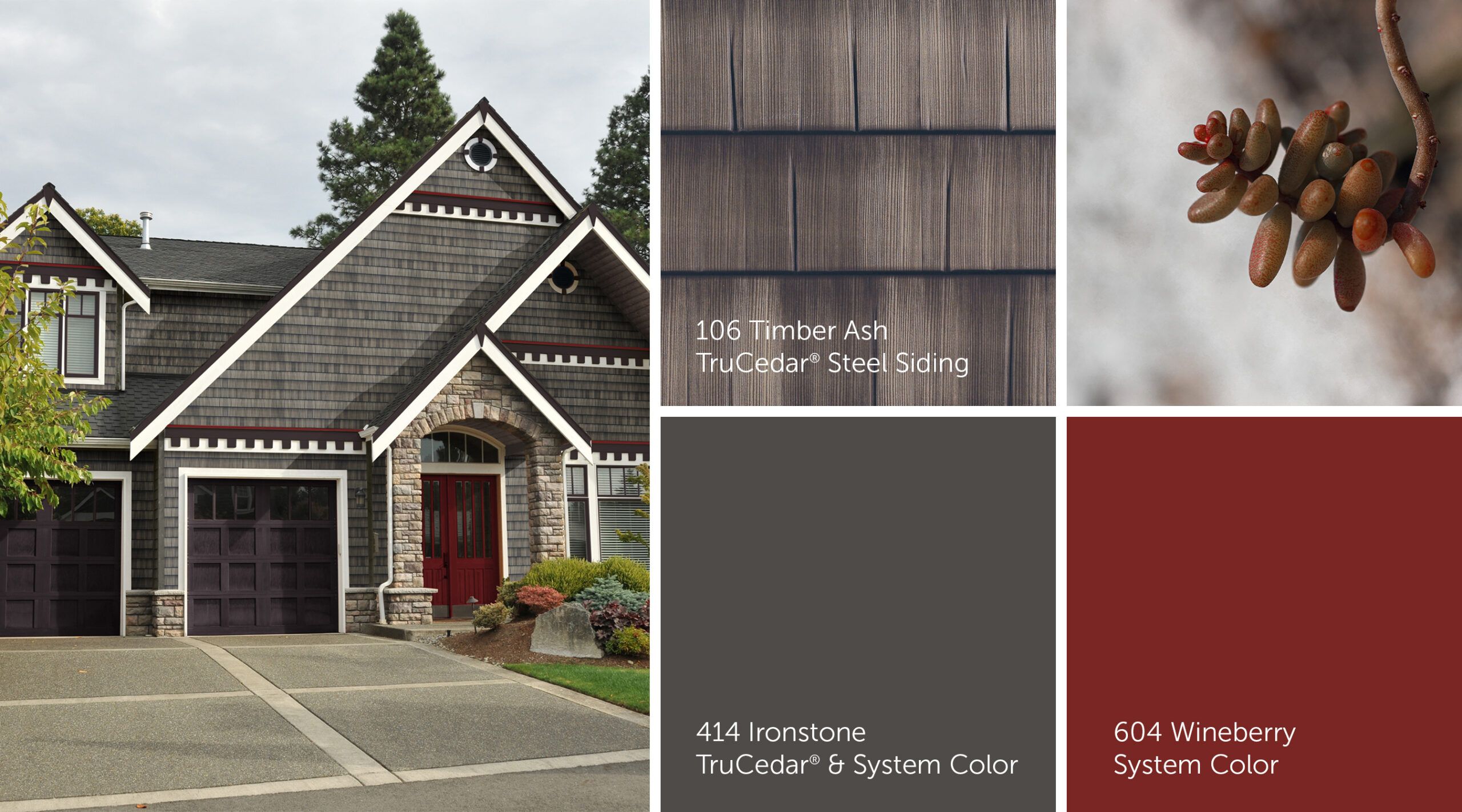
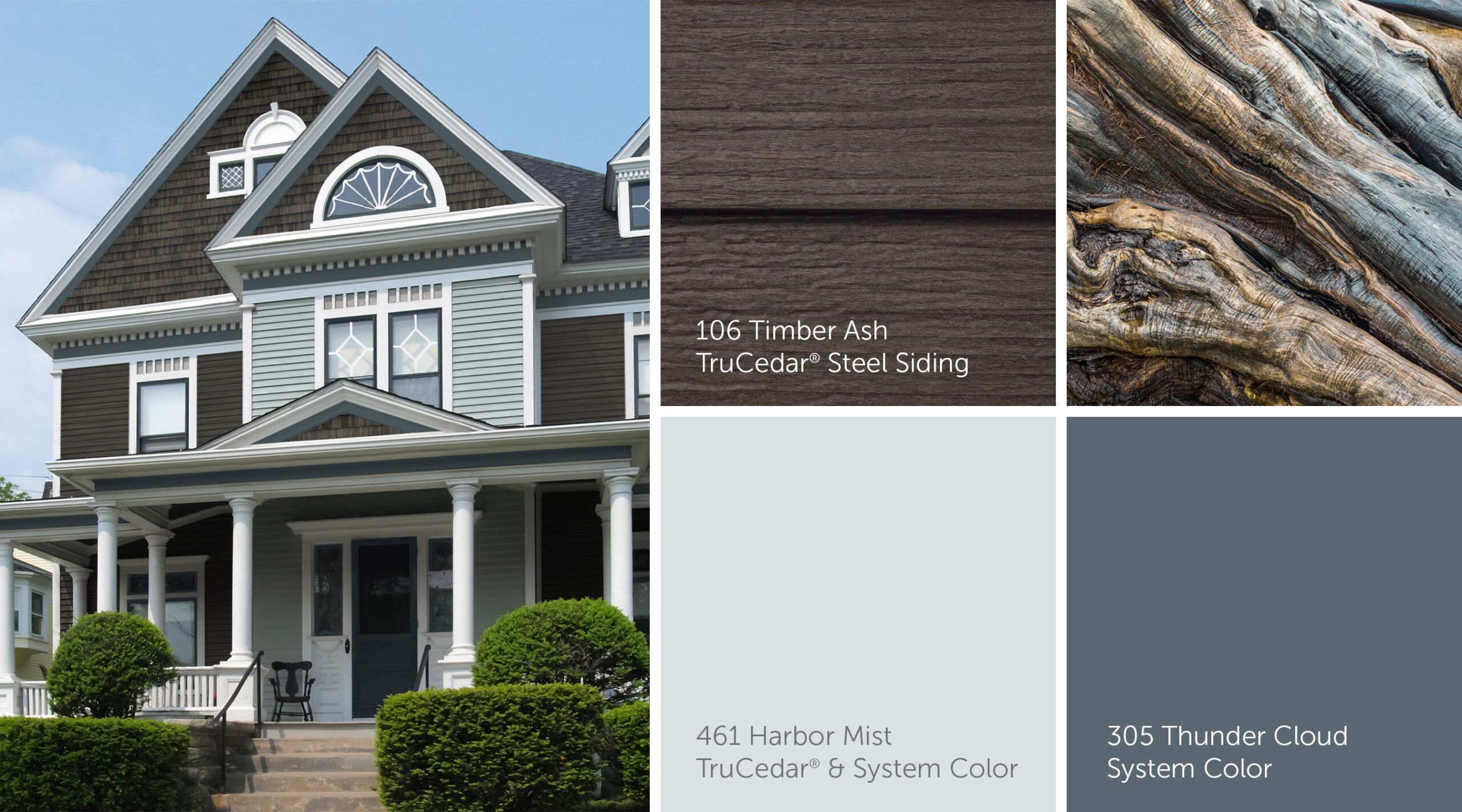



Inspired? Try a different style in your home with our digital visualizer. And learn more about all Quality Edge steel siding products here.
